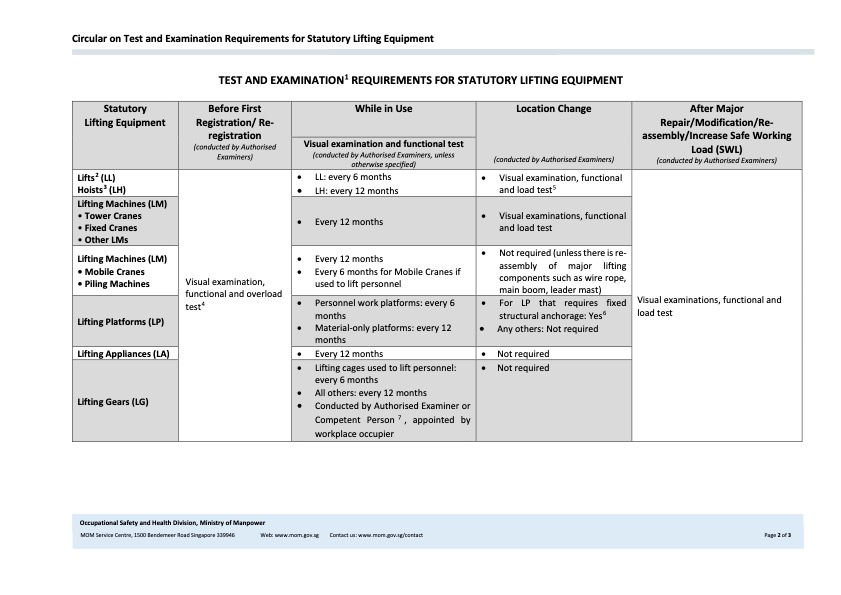Load Test
- Freddie Tay
- Mar 31
- 1 min read

Load Testing of Lifting Equipment
Load testing is an essential procedure to ensure the safety, reliability, and performance of lifting equipment. This process involves applying a specified load to the equipment to confirm its capability to handle designated weights without failure. Below are key points underscoring the significance of conducting load tests on lifting equipment.
Importance of Load Testing
Safety Assurance: Load testing ensures that lifting equipment can safely support its maximum designed weight, thereby minimizing the risk of accidents and injuries.
Regulatory Compliance: Numerous industries are governed by regulations mandating regular load testing to ensure equipment adheres to safety standards.
Equipment Reliability: Routine load testing can detect potential weaknesses or defects, facilitating timely maintenance and repairs.
Performance Verification: Load tests serve as a means to confirm that the lifting equipment functions as intended under maximum load conditions.
Insurance and Liability: Performing load tests can help meet insurance requirements and mitigate liability in the event of an accident.
Operational Efficiency: Ensuring equipment is operating correctly through load testing can enhance overall operational efficiency and productivity.
Conclusion
In conclusion, load testing is a vital practice for maintaining the safety and reliability of lifting equipment. Regular load tests not only ensure regulatory compliance but also safeguard workers and boost operational efficiency.





Comments